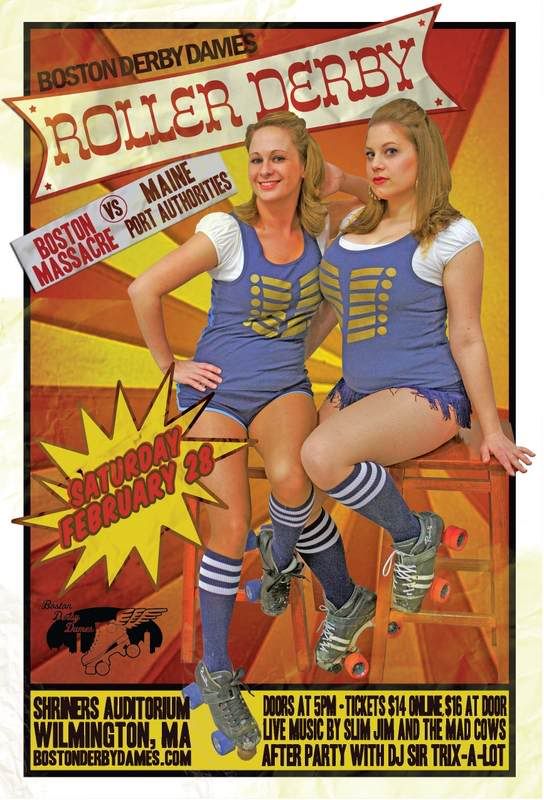
I have one thing to say about this: If you play roller derby, you need to watch this movie.
From the Boston Derby Dames website:
Friday, February 20, 2009
Regent Theater, 7 Medford St., Arlington (map)
Wheelchair and MBTA accessibleFree parking across the street
$8 online, $10 at the door . 8 pmBDD is proud to sponsor a screening of Hell on Wheels--a documentary of the birth of modern day roller derby in 2001 in Austin, Texas--at the historic Regent Theater in Arlington.
What began with plans of creating a circus-like spectacle on skates has spawned more than 200 skater-run leagues in North America and Europe, as entrepreneurship and serious athleticism have become just as big a part of the roller derby revival as campy pseudonyms and sassy uniforms.Catch scenes of BDD's recently relocated General Lee Feisty in her days with TXRD's Rhinestone Cowgirls. Read more about the movie at the Hell on Wheels site.




